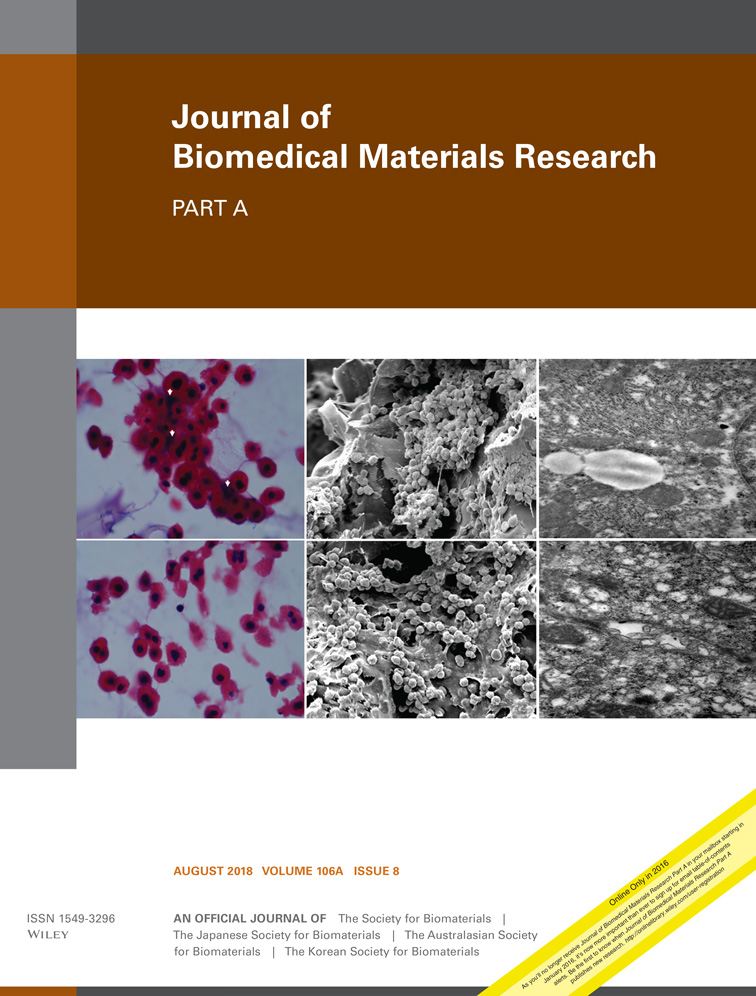The effects of cobalt and chromium ions on transforming growth factor-beta patterns and mineralization in human osteoblast-like MG63 and SaOs-2 cells
Abstract
Bone homeostasis, the balance of bone formation and resorption is affected by numerous influences, such as, hormones, inflammation, mechanical load, and external stimuli. The transforming growth factor-beta (TGF-β), which exists in three isoforms in humans, is a major factor in the maintenance of this balance by regulating osteoblast and osteoclast maturation, development, and function. In artificial joint replacements, release of particles or ions from arthroplasties may exert local effects on the periprosthetic tissue and modulate the expression of bone specific genes and functions. Therefore, the influence of cobalt (II) and chromium (III) ions on the expression levels of the three TGF-β isoforms in human osteosarcoma cell lines MG63 and SaOs-2 was analyzed and the impact on mineralization was studied. The osteosarcoma cell lines expressed all three TGF-β isoforms, with TGF-β1 being the most abundant isoform. A dose dependent reduction of all TGF-β isoforms by Co2+ ions was observed, the strongest effect was found on TGF-β2. The effect was lesser pronounced in SaOs-2 cells. However, the Cr3+ ions had no significant effect on the expression of all TGF-β isoforms. In contrast, Co2+ ions in a concentration range of 50–250 µM did not impair the mineralization, but Cr3+ exerted a strong inhibitory effect on the mineralization in a dose dependent fashion. These data suggest that the influence of cobalt ions on bone homeostasis may in part result from the inhibitory effect on the transcription of the bone regulating cytokines TGF-β1-3 whereas the chromium ions affect the process of mineralization. © 2018 Wiley Periodicals, Inc. J Biomed Mater Res Part A: 106A: 2105-2115, 2018.




